






Source: MLSListings, Inc., as of August 10, 2023
Criteria: Single Family Residential



It’s not as far-fetched as one might think. Artificial intelligence is becoming ubiquitous in all facets of everyday life, and it is starting to infiltrate the real estate industry.

Perhaps the most glaring example can be found in a home’s marketing. Well-written, detailed copy on a home’s website or inside of a brochure is often the sign of a top-tier agent or team, as it shows the agent values high-quality marketing while providing potential buyers with details they may not readily see in photos.
Unfortunately for buyers, some agents who may not spend as many resources on marketing now have an advantage. They just simply plug a few facts into an AI language model, such as ChatGPT, and viola: they have a property description that rivals the best of the best. Or do they?
While AI technology has made significant strides, it still lacks a human touch, as well as an understanding
of each neighborhood’s unique attributes that are vital to optimizing the home-selling process. It’s not just about presenting a list of features and specifications; it's about creating a compelling narrative that resonates with potential buyers. AIgenerated descriptions might be efficient, but they often lack the creativity and personalization that only someone who’s experienced the property and community firsthand can provide.
One of the critical advantages of having a skilled agent and marketing team on hand to write a property description is the ability to provide an insightful, emotional appeal to potential buyers. AI lacks the expertise to craft engaging narratives that showcase the unique features of a home and evoke a human response, nor does it understand how to highlight the property's strengths and address any potential concerns that buyers may have.
Moreover, AI-generated content runs the risk of being generic and cookie-cutter. Every home is unique, and a one-size-fits-all approach simply doesn’t work when it comes to enticing buyers. Plus,

AI-generated content may not always be reliable when it comes to accuracy, and it also has trouble capturing the intangible aspects of a home such as its unique charm or ambiance.
Say you decide to put your home on the market and choose an agent who skimps on marketing and uses AI to write a description. Potential buyers will be disappointed when they visit and find the home doesn't match their expectation; for instance, your home may be marketed as having hardwood floors when they’re actually vinyl, or granite countertops that are instead laminate. The description may even get the “feel” of the home entirely wrong.
While they may seem minor, oversights like these add up. They can severely dampen a potential buyer’s enthusiasm, as they might feel as if they were purposely misled to get them in the door. Your home may end up sitting on the market for weeks, with its price and your profit dropping along the way.

That’s why it’s critically important for sellers to choose an agent who will put a premium on marketing your
home accurately in order to appeal to as many potential buyers as possible. DeLeon Realty employs a fully staffed, in-house marketing team for this very purpose. They work hand-in-hand with Michael, Audrey, and Francis every step of the way, from the first introductory visit until the day your home sells. Other agents simply cannot match those resources, which is why many have come to rely on AI to try and keep up.
While AI has its merits in other industries, with real estate it's best to trust the expertise of skilled agents and marketers who can provide a tailored, engaging approach to selling your home.

In August, Michael, Audrey, and Francis all attended Inman Connect Las Vegas, one of the real estate industry’s best conventions, and many agents they spoke with were excited about how AI can save them time. Interestingly, no one mentioned any hopes that it would make them better.

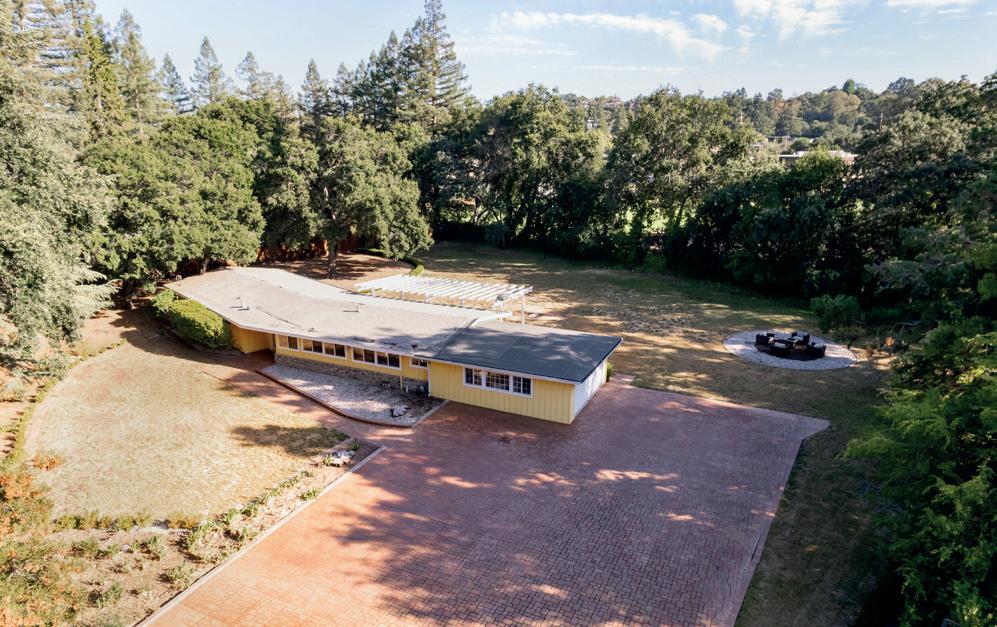





























































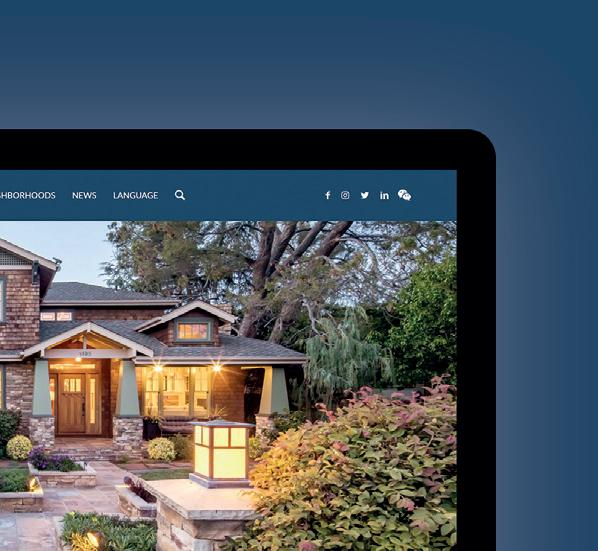

























 By Ken DeLeon
By Ken DeLeon
The pandemic has fundamentally reshaped several aspects of societal life, which will have enduring effects. An aspect that often goes unnoticed is the change in the preferred type of residential real estate among buyers, and these changes are poised to influence the historical and present appreciation of distinct asset classes within residential real estate.
There are three major asset classes of residential real estate that consumers may purchase for themselves: single-family homes (“SFH”), townhomes, and condominiums. Before the pandemic, each of these three asset classes had strong demand and would follow roughly the same appreciation trajectory; conversely, each of these asset classes had distinct pros and cons with benefits that were equally attractive to buyers in the past.
While some buyers preferred the yard and space a SFH provides, others preferred condos due to their closer proximity to downtowns and urban attractions. Interestingly, the strength of demand for townhomes and condos is highlighted by the somewhat surprising fact that these property types experienced slightly higher appreciation rates than SFHs in Silicon Valley prior to the pandemic, as evidenced by the following data..
San Mateo County Appreciation in Dollars per Square Foot from 2010-2019:
SFH 50.9%
Townhomes 55.7%
Condos 52.7%







the differential between the two magnifies as they age. Custom homes that are ten years old often feel like they are six or seven years old, whereas a tenyear-old spec home can often feel like it is thirteen years old.

Are custom builders rewarded for sacrificing years of their life and spending more money for greater quality? Unfortunately for the sellers (and fortunately for the buyers), custom homes tend to sell for slightly higher or the same as spec homes on a per square foot basis. With many buyers and agents focused on the simplistic metric of dollars per square foot, the extra expense inherent in the construction of a custom-built home often gets diluted, and most sellers get less than a shocking 10 cents on the dollar for the extra money spent for the higher-end build quality and material. Meanwhile, the spec project will receive a premium relative to its lower-end material and construction, given the finished product is the prevailing contemporary aesthetic and design.
The lack of a real premium for high-quality homes is due to the simple fact that many buyers and unsophisticated agents cannot differentiate between high and mediocre construction quality. I admittedly only began learning to make these subtle distinctions in quality as I started building and remodeling homes myself. You ought to ask yourself if there is a large spread in a cost that will likely go unnoticed, “which one would I buy?” The answer is to purchase great quality at a substantial discount.
The best way to extrapolate a home’s quality is to evaluate its windows and doors. These are good indicators, as there can be huge differentials in the cost of these materials but usually little benefit when reselling a home. Consequently, developers generally install very cheap windows and doors, while finer ones are a clear marker of quality.
On windows, buyers may be surprised to know that custom wood windows from Europe can cost ten times as much as unbranded vinyl windows from China. For doors, solid core doors with strong hinges can be five times as much as hollow-core doors with
cheap hinges. If you see owners who invested heavily in windows and doors, you can count on quality in other areas we cannot see behind the walls.
The only area where spec homes are often better is in their floorplans, since they are designed to appeal to the widest net of buyers. Conversely, some custom sellers tailor the home to their individual needs above resale foresight and occasionally design an incurable floorplan flaw. An example is providing only two suites upstairs since the owners built the home for their needs and they had only one child. If you can cure the flaw through a minor redesign, the greater quality is worth the effort.
While I have built homes for resale, I never have, nor will I, spend the small fortune and give up years of my life to build a custom home. The phrase "build a house, lose a spouse" humorously conveys the stress that comes with building your own home. Instead, save yourself this frustration and purchase a custombuilt home secondhand and enjoy the quality and the home aging well.



































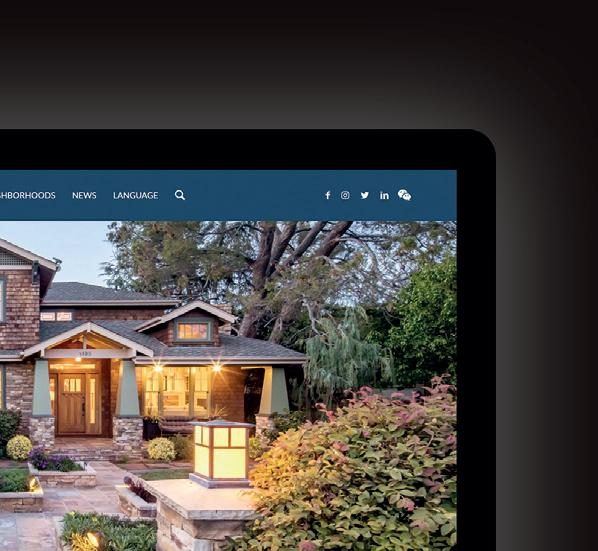




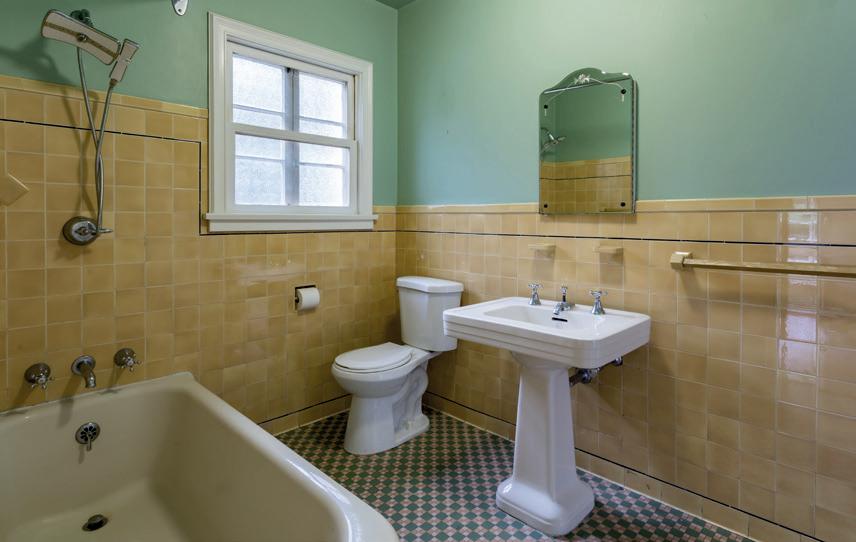

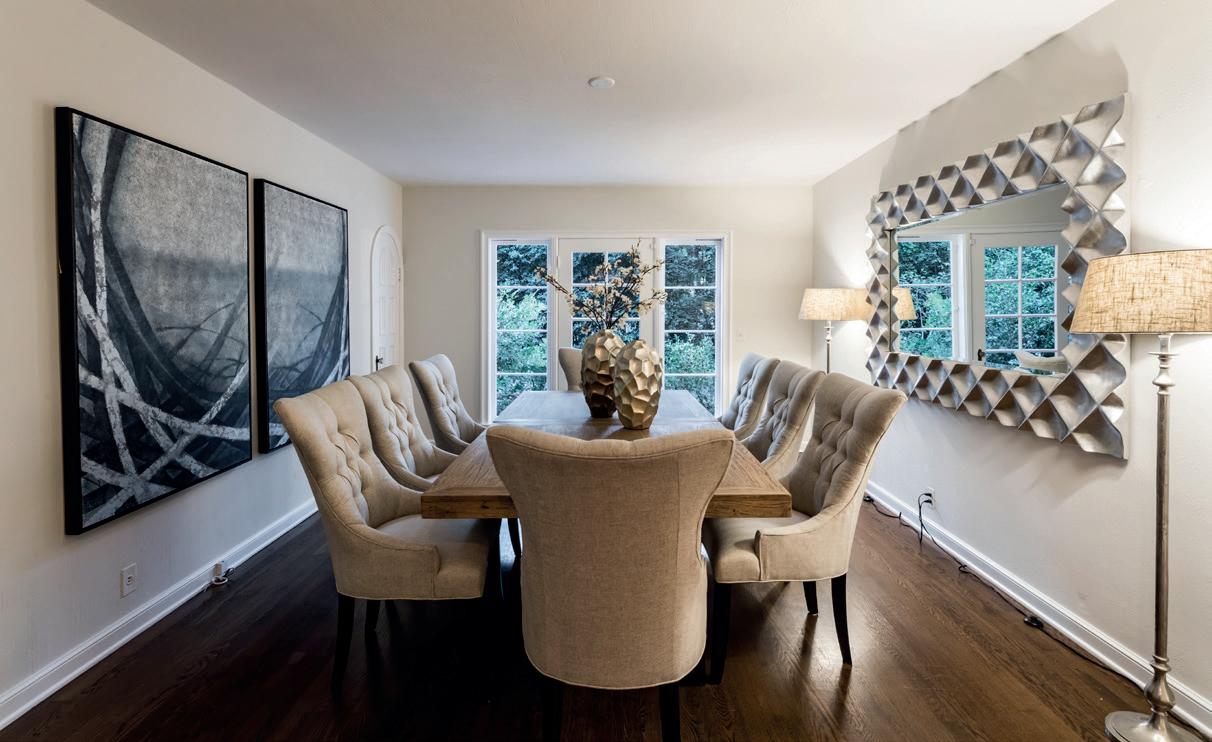





































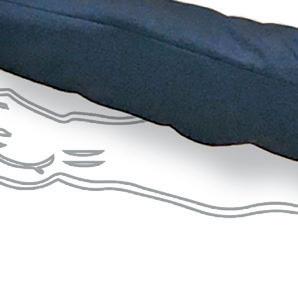








































After four long years of travel restrictions, I finally had the opportunity to visit my homeland, China, in June of this year. However, I must admit that I was in for a big culture shock, despite having grown up in China until the age of 10 before moving to the Bay Area. While I was once very connected to China and in tune with its culture, this recent visit left me stunned. Here are some valuable tips for those of you considering traveling to China.
Apply for Your Visa: To avoid potential delays, make sure to apply for a Chinese visa at least 30 days ahead of your planned trip. Unfortunately, for US citizens, the application process is more expensive compared to citizens of other countries.
Get a Roaming Plan: For Verizon and AT&T customers, there is an option to choose a roaming plan that offers unlimited access for 30 days at a cost of $100. Alternatively, you can opt for a daily charge of $10.
Set Up AliPay or WePay: Unlike my previous visits, where US credit cards were widely accepted, this time was different. Most people in China have stopped using cash in the last 4 years, relying instead on mobile payment apps like AliPay and WePay that are similar to ApplePay. These apps serve as multi-functional platforms, allowing payments, ridehailing (similar to Uber and Lyft), shopping (similar to Amazon), money transfers (similar to PayPal/Venmo), social networking (similar to Tinder), and even health care appointment scheduling and health record storage.
Challenges for Foreigners: Setting up AliPay or WePay as a foreigner can be quite challenging. Upon arriving at Pudong International Airport in Shanghai, I found myself nearly stranded without a payment app to pay for a taxi. Later, I learned that to use these apps, you need to link a Chinese bank account, which involves a lengthy and arduous process. Obtaining a Chinese identification card and

cell phone, along with multiple verification steps, required the help of a Chinese citizen. Eventually, I was able to use AliPay and WePay like a local. My relatives in Shanghai found my experience amusing, claiming that multiple layers of verification are typical for everything in China!
I later came across news that WePay & AliPay have announced foreign users can now pay at Chinese retailers by linking their foreign credit cards, including VISA, Mastercard, and Discover. This development is a positive change, making it easier for foreign visitors to go cashless like the locals1
Visiting China after a long hiatus was both eyeopening and challenging. The country's rapid technological advancements, especially in the mobile payment sector, have transformed daily life while creating possible obstacles for foreign travelers. Nonetheless, with the recent progress in allowing foreign credit cards for mobile payments, the experience is becoming more convenient for international visitors. If you plan to visit China, make sure to plan ahead to fully embrace this cashless society and enjoy your journey to the fullest!
1 https://techcrunch.com/2023/07/21/foreign-visitors-to-china-canfinally-go-cashless-like-locals/





























